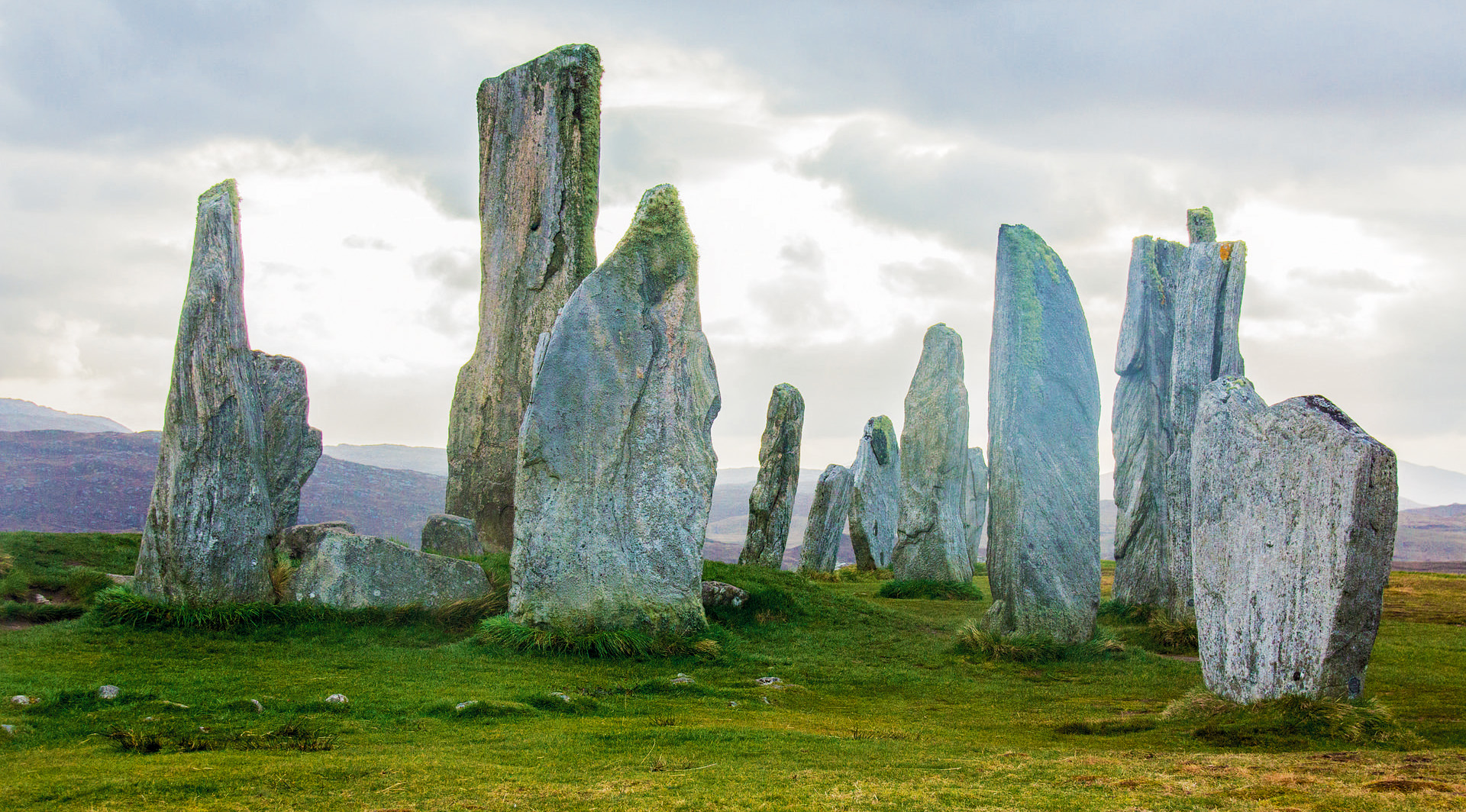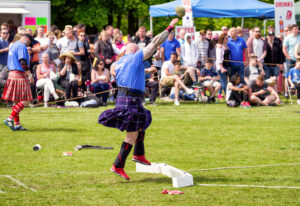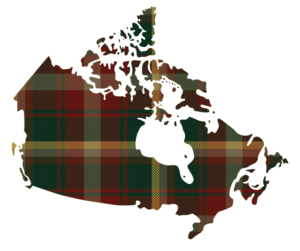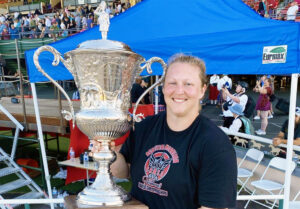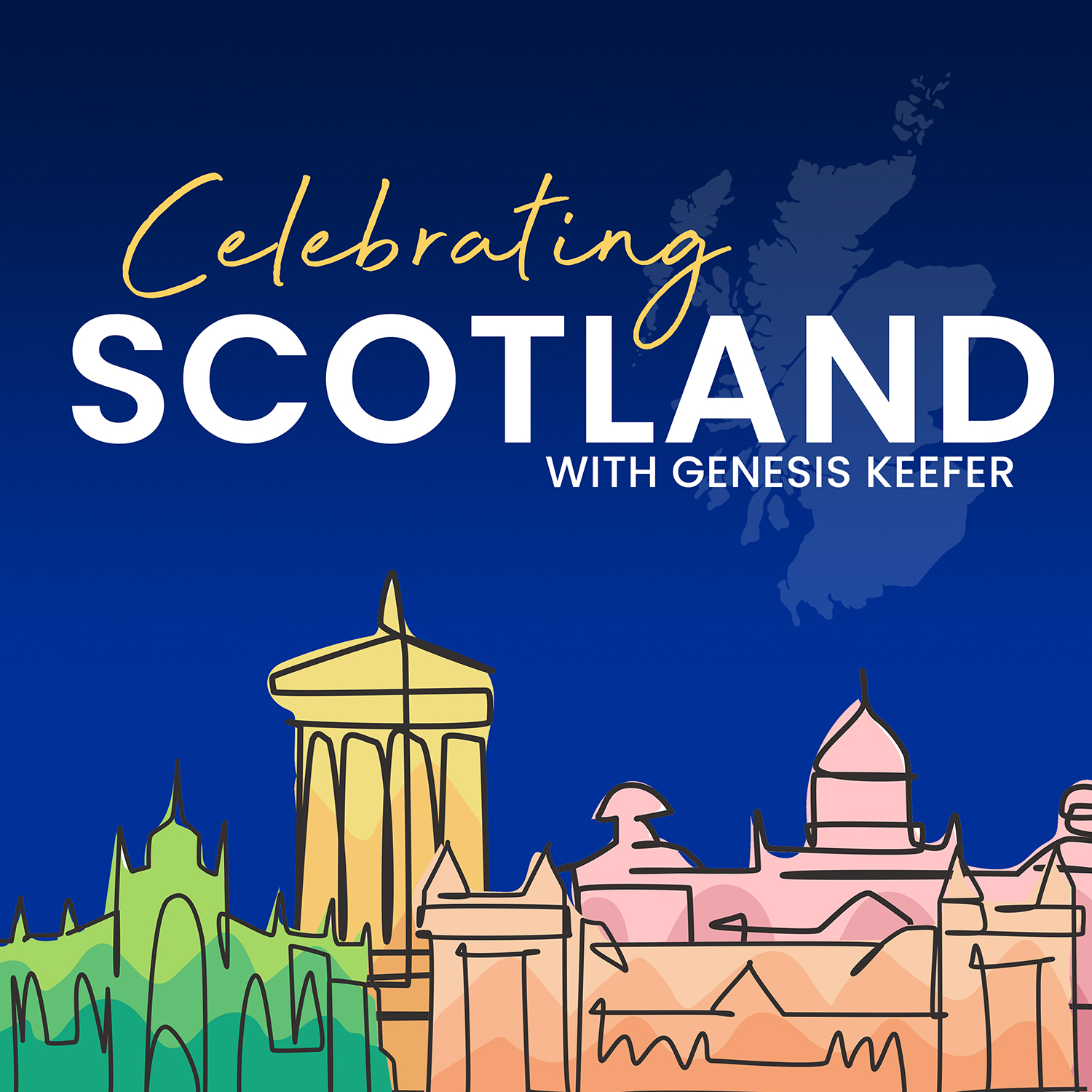Whenever most of us think of ancient stone circles or standing stones, our minds immediately conjure images of Stonehenge located on Salisbury Plain in England. Considering the sheer size of Stonehenge, it only seems natural that this is our first impression of megaliths. But did you know that there are thousands of ancient stone circles scattered all throughout the British Isles? Some of which outdate Stonehenge and even the Pyramids of Egypt.
Between the stories of magic, aliens, and pagan folklore, we are still amazed at the majesty of these stones while archeologists are also still searching for the deeper meaning of their purpose. Were they for ceremony or religious practice? Were they for astronomical observation? Maybe a combination of both? It’s been nearly 5000 years since the creation of some of these sites, and we are still left to speculate and piece the puzzle together.
While we leave the research and investigation up to the experts, the rest of us can enjoy their beauty, magic and grandeur. Here are three of Scotland’s most enchanting stone circles that are a “must-see” on your next trip to bonnie Scotland:
1) The Calanais Standing Stones
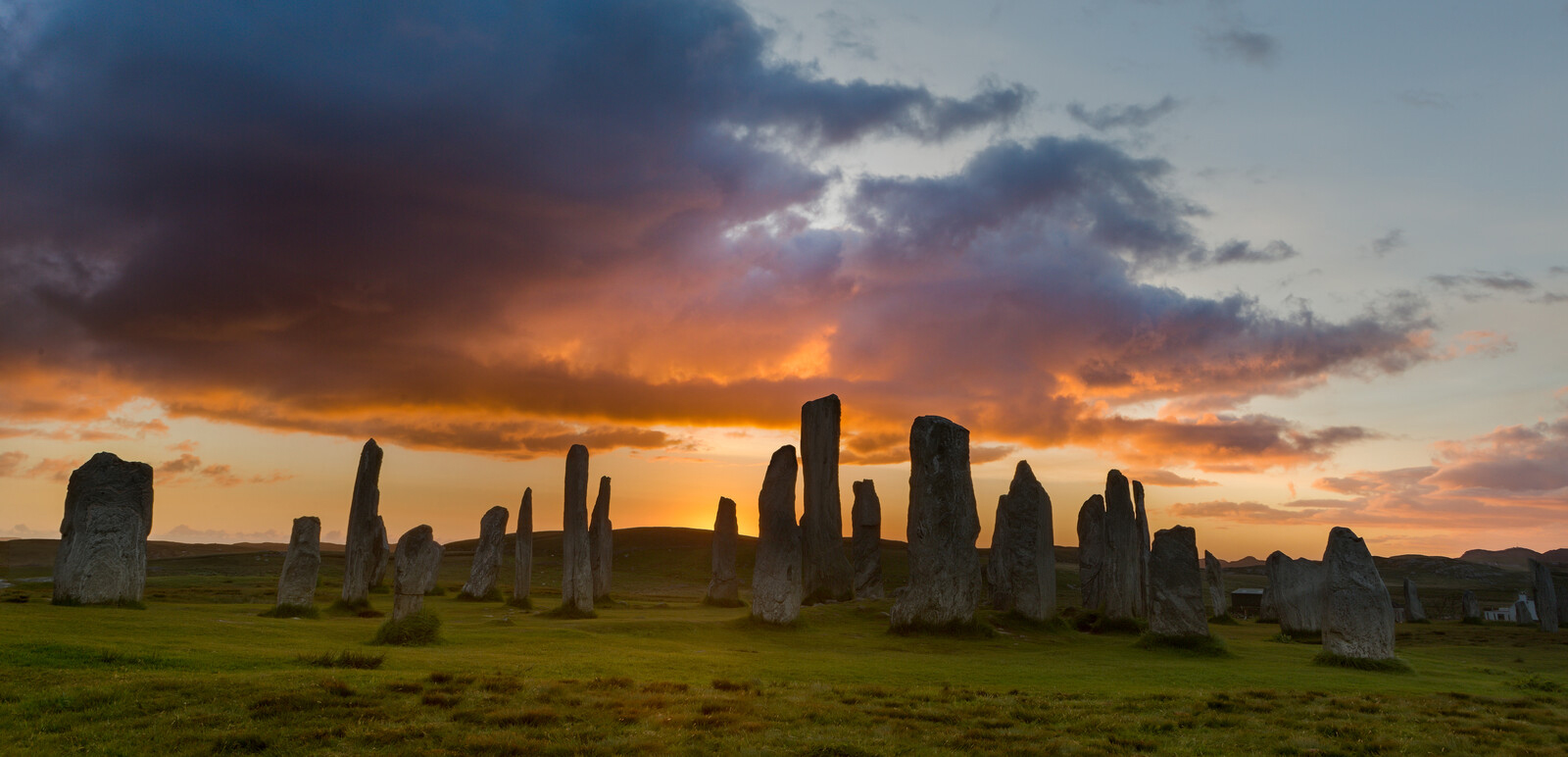
 Located in the Outer Hebrides, the Calanais Standing Stones (sometimes referred to as the “Stonehenge of the North”) on the Isle of Lewis are some of Scotland’s most magnificent and well-preserved.
Located in the Outer Hebrides, the Calanais Standing Stones (sometimes referred to as the “Stonehenge of the North”) on the Isle of Lewis are some of Scotland’s most magnificent and well-preserved.
The Calanais Stones are believed to be close to 5,000 years old and pre-date Stonehenge and the Egyptian pyramids. Together they form a distinct cruciform pattern with an inner circle. Historians and archeologists believe they were used for ritual purposes for nearly 2,000 years. They dominate the horizon as they look over Loch Roag above the village of Calanais. If you are a fan of the show Outlander, then you will not be surprised that they were the inspiration for Craigh na Dun. It is also important to note that usually when anyone refers to the Calanais Stones, they are referring to Calanais I (as pictured) because there are actually two more stone circles within the Calanais vicinity.
As with most prehistoric stone circles, the Calanais Stones come with their own tapestry of legends and stories. Locally the stones are known as ‘Fir Bhreig’ meaning the false men in Gaelic. One of the legends is that the stone pillars were giants who refused to build a church for St. Keiran because they refused to convert to Christainity and therefore were turned into stone. They are believed to recover their original form at certain times of the day or year, and have the power of movement.
The Calanais Stones should definitely be at the top of your “must-see” list the next time you’re in Scotland as they are some of the most beautiful, mysterious, and romantic of Scotland’s megaliths. They also have an impressive visitor’s center that includes a café and gift shop overlooking the Loch.
2) The Ring of Brodgar Stone Circle and Henge
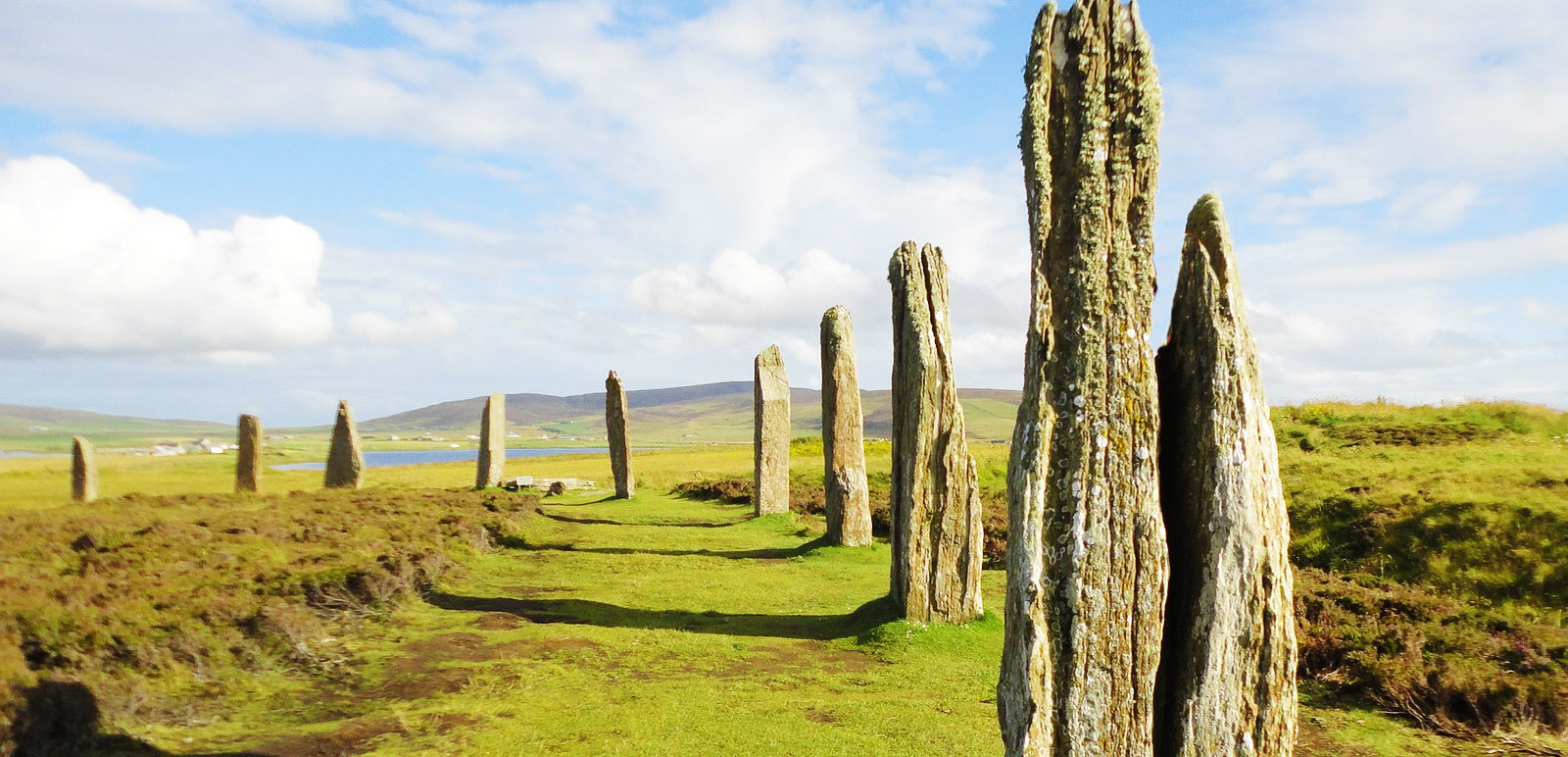
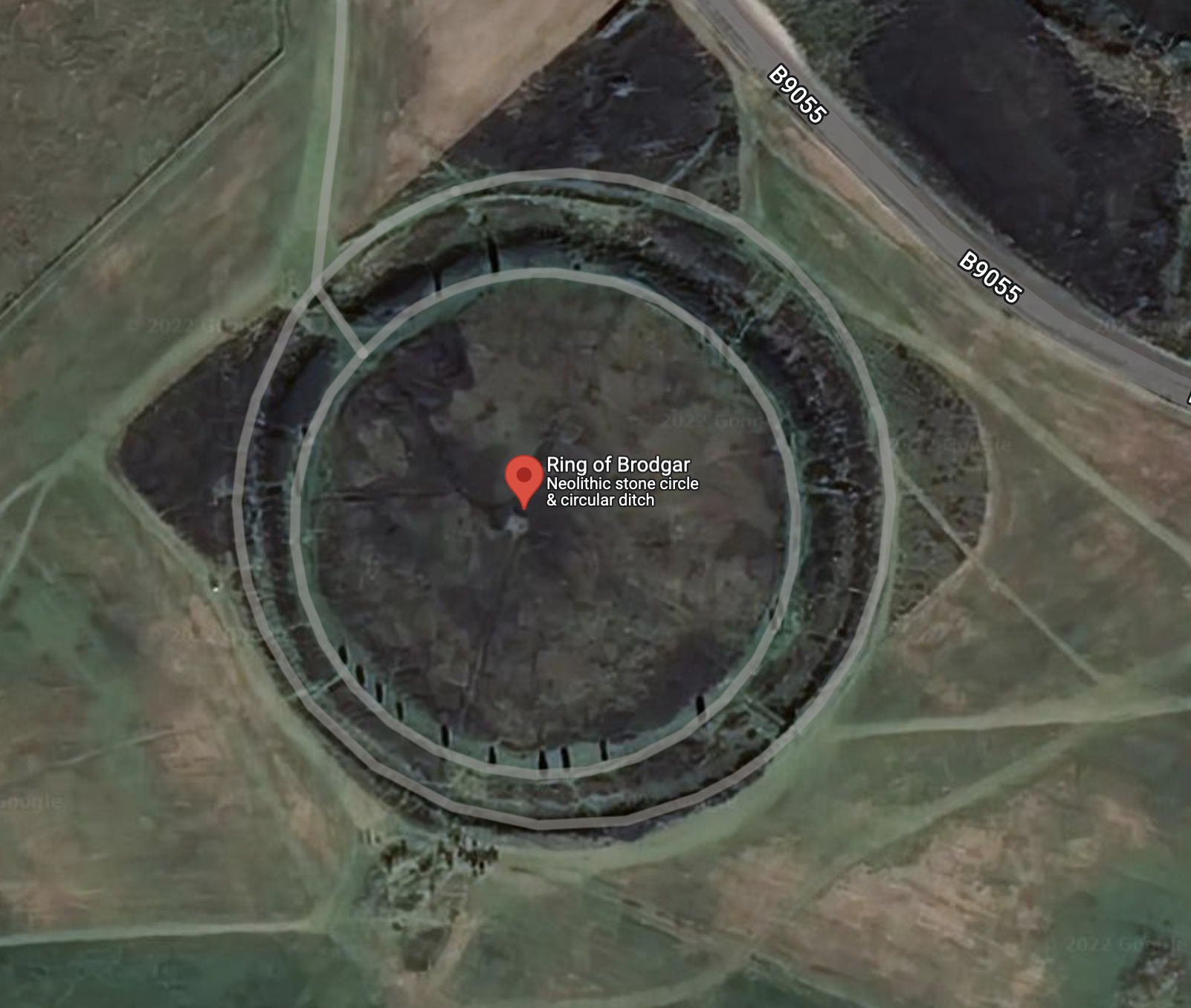 While the Orkney Islands have four neolithic stone sites, the Ring of Brodgar is considered the most spectacular and is the third largest stone circle on the British Isles!
While the Orkney Islands have four neolithic stone sites, the Ring of Brodgar is considered the most spectacular and is the third largest stone circle on the British Isles!
Located on Mainland which is the largest island in Orkney, the Ring of Brodgar originally consisted of 60 stones, but today only 36 remain. The stones form a huge ring that is 104 meters (341 feet) in diameter and creates a natural amphitheater for the surrounding beauty of the hills and lochs. It is estimated to have been built between 2500-2000 BC and was potentially used as a ceremonial site as there are also 13 burial mounds.
Much like the Calanais Stones, the Ring of Brodgar comes with no shortage of origination stories. The most popular legend is that the stones were originally giants walking along the road on a dark, misty night when they encountered a fiddle player. They enjoyed the music so much that they danced the night away going around and around in a circle. Losing all track of time, they didn’t notice the sun rising and before they knew it, they were hit by the sunlight and turned to stone.
Today the Ring of Brodgar is the most visited tourist attraction on Mainland and remains one of the most iconic symbols of Orkney’s prehistoric past. It is part of the Heart of Neolithic Orkney World Heritage Sites and continues to haunt and delight visitors daily.
3) The Machrie Moor Standing Stones
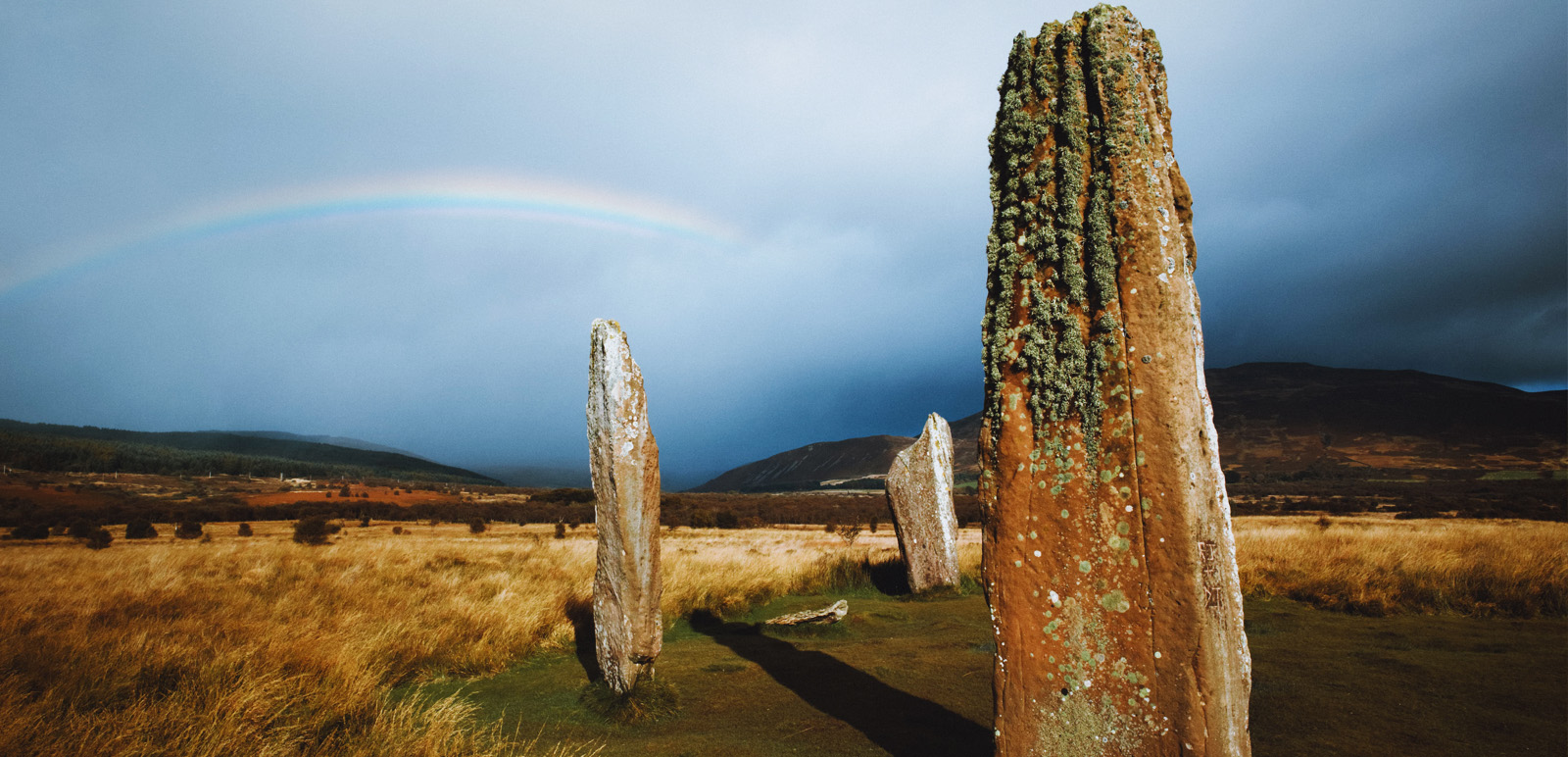
Located on the Isle of Arran are at least six stone circles on Machrie Moor that are a part of a larger complex consisting also of chambered cairns, hut circles, and field systems.
The stones used in the circles range from short and squatty boulders to tall, red sandstone pillars. The stone circles are the most prominent feature on the moor and are believed to have been erected around 2000 BC.
Of all of the circles, Circle 2 (pictured above) is the most prominent with pillars coming in at a height of approximately 18 feet. There are currently three standing pillars, but it is believed there were originally up to eight.
The circles were associated with the religious and ceremonial activities of the Neolithic and Bronze Age farmers living on Machrie Moor. They aligned with a prominent notch at the head of Machrie Glen, where the midsummer sunrise would have been visible. Later on, the circles were believed to be used for burials and cremations.
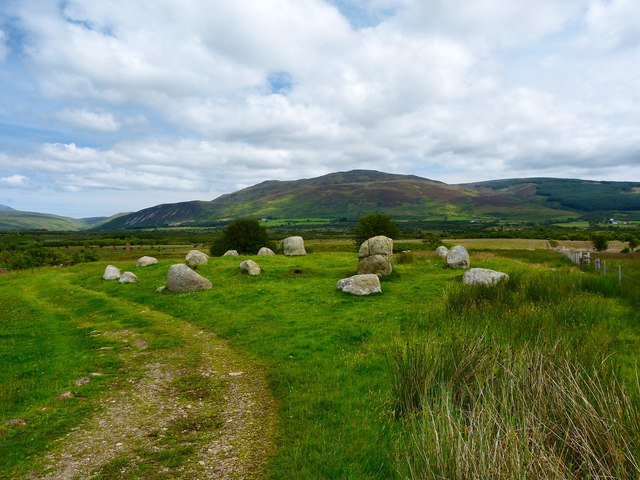
While there are several circles on the moor, the circle with the most notable legend is the one nicknamed “Fingal’s Cauldron Seat” which is a double circle made from squatty boulders. It is named after Fingal the giant – a mythic figure probably derived from the Irish Fionn Mac Cumhail. One of the stones has a prominent hole in it where Fingal is said to have tethered his dog Bran while he ate a meal in the inner ring.
This site is free for visitors and open year around. It is accessible via Moss Farm Road, and requires a little bit of a walk to and from the site so be sure to wear comfy shoes!


